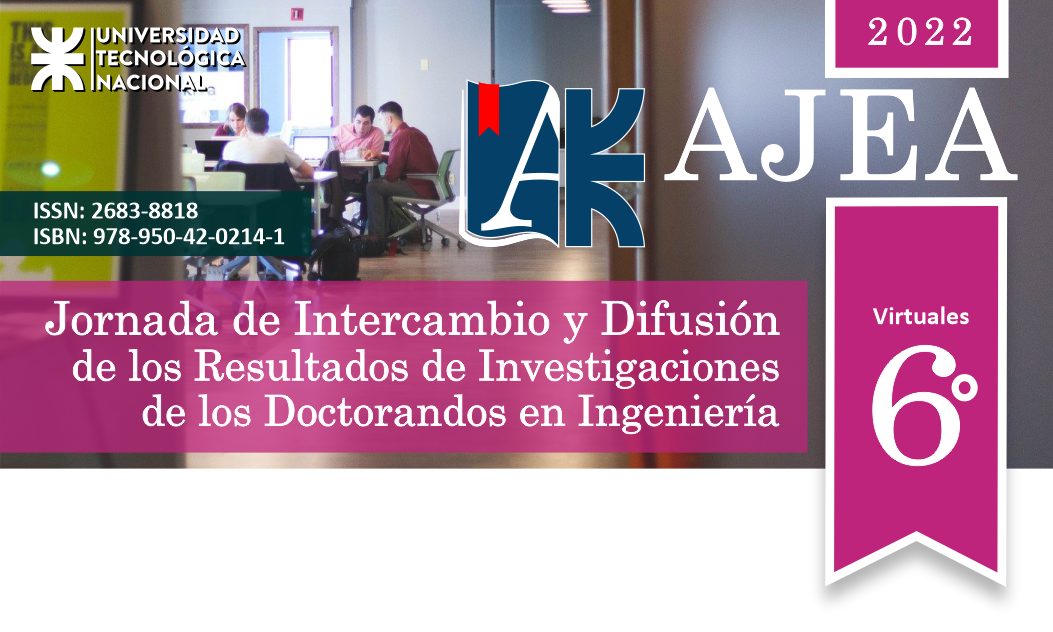Optimización de las propiedades texturales y de la química superficial de sílices mesoporosas MCM-41
DOI:
https://doi.org/10.33414/ajea.1112.2022Palabras clave:
MCM-41, síntesis sol-gel, síntesis hidrotermal, extracción con solvente, tratamientos térmicosResumen
La síntesis de sílices mesoporosas requiere un procedimiento de remoción del agente estructurante que puede involucrar un proceso de calcinación o extracción con solventes. Esta etapa influye sobre la concentración y accesibilidad de los grupos silanol en superficie. En este trabajo se estudió la influencia de metodologías de eliminación del estructurante sobre las propiedades texturales y químicas superficiales de sílices mesoporosas tipo MCM-41 obtenidas a partir de diferentes fuentes de silicio: TEOS y una solución de silicato de sodio industrial. El agente estructurante fue removido utilizando etanol como solvente de extracción o aplicando tratamientos térmicos. Los materiales fueron caracterizados mediante SAXS, SEM, HRTEM, FTIR y adsorción/desorción de N2. La síntesis con silicato de sodio industrial promovió la obtención de sólidos con características texturales superiores y mayor ordenamiento de poros. Por otro lado, los métodos de eliminación del estructurante con etanol resultaron más eficaces para preservar los grupos silanol en superficie.









